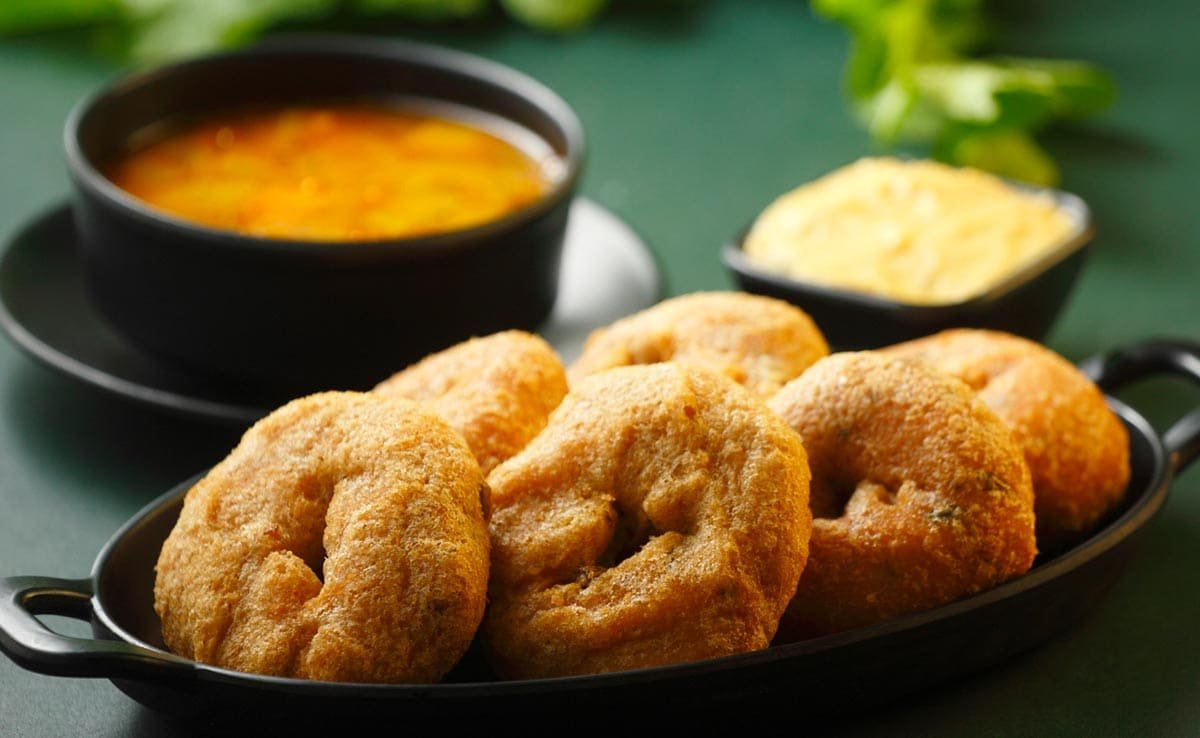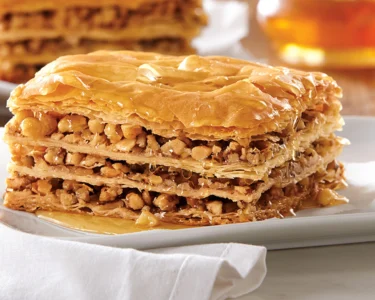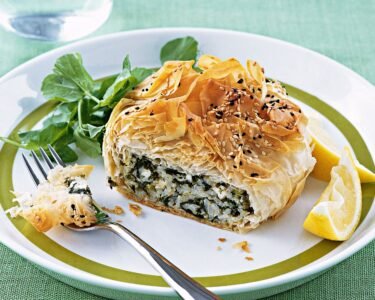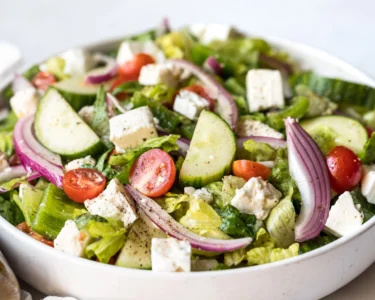Dalwadas, also known as dal vada or parippu vada in some regions, are one of the most beloved Indian tea-time snacks. Crispy, golden, and bursting with flavour, these deep-fried fritters are made from soaked lentils, spices, and herbs. Dalwadas are popular across India, especially in Gujarat, Rajasthan, and South India, where each region adds its own twist to the classic recipe. What makes Dalwadas particularly special is their simplicity — they require minimal ingredients, yet offer a perfect balance of crunch on the outside and softness inside. Whether served on a rainy day with a hot cup of tea, enjoyed as a party starter, or prepared during festivals, Dalwadas always steal the spotlight.
The base of Dalwadas is soaked lentils. Typically, chana dal is used because of its robust texture, which helps create a crispy bite. Some variations combine chana dal with urad dal or moong dal for extra softness. After soaking the lentils for two to three hours, the key is to drain them well. Removing excess water ensures the vadas fry perfectly and do not absorb unwanted oil. Grinding the lentils to a coarse paste is another important step. A coarse texture gives the vadas their signature crunch; a smooth paste would make the vadas dense and less crispy.
To the ground dal mixture, fresh ingredients like onions, green chillies, curry leaves, ginger, and coriander are added. These not only bring aroma and flavour but also enhance the texture. Some people like to add grated garlic or crushed peppercorns for a spicy kick. Spices such as turmeric, cumin seeds, ajwain (carom seeds), and red chilli flakes give the vadas a warm and earthy taste. Salt is added last to ensure the vegetables release just enough moisture to bind everything together.
Once the mixture is ready, shaping the dalwadas is simple. You can pinch small portions of the batter and flatten them slightly using your palms. While some prefer thick vadas that are soft inside, others make them thinner and crispier. You can adjust the shape based on your preference. Meanwhile, heat oil in a deep skillet or kadai on medium flame. The temperature of the oil matters greatly. If the oil is too hot, the vadas will brown quickly from the outside but remain uncooked inside. If the oil is not hot enough, the vadas will absorb oil and turn soggy. A medium-high temperature is ideal for achieving perfectly cooked, crunchy dalwadas.
Gently slide the shaped vadas into the hot oil and allow them to fry undisturbed for a minute. Once they firm up, flip them carefully and fry until they turn deep golden and crisp. The enticing aroma of fried lentils mixed with spices is irresistible. Once done, transfer the dalwadas onto paper towels to remove excess oil. Serve them hot with mint chutney, coriander chutney, tamarind chutney, or even a simple sprinkle of chaat masala for added flavour.
Dalwadas are incredibly versatile and can be customised easily. If you prefer a healthier version, try air-frying or baking them. Although the texture will be slightly different from deep-fried vadas, they still taste delicious and satisfy cravings without the extra calories. You can also experiment by adding finely chopped spinach, methi (fenugreek leaves), grated carrots, or even shredded cabbage to the batter to enhance nutrition and flavour. Some households add soaked and crushed peanuts to give the vadas a unique crunch.
These crispy delights are often associated with rainy evenings, winter nights, and festive gatherings. In Gujarat, dalwadas are a staple snack served with fried green chillies and onion slices. In South India, parippu vada is a temple-style treat enjoyed with coconut chutney or even eaten plain with tea. In Rajasthan, dal pakoras are slightly spicier and feature more chillies and garlic. No matter the regional variation, the base concept remains the same — a delicious lentil fritter that is crunchy, flavourful, and comforting.
Dalwadas also make excellent party starters and tiffin items. Since they stay crisp for a long time, they can be prepared in advance and fried just before serving guests. Their protein-rich composition makes them filling and nutritious compared to other fried snacks. Lentils provide fibre, plant-based protein, and essential minerals, making dalwadas not just tasty but wholesome as well.
Another advantage of dalwadas is that they require no fancy equipment — just a mixer grinder, a bowl, and a pan for frying. They are budget-friendly too, with ingredients easily available in every Indian kitchen. This makes them ideal for quick homemade snacks, especially when guests arrive unexpectedly or when you’re craving something satisfying.
To elevate the flavour further, you can serve dalwadas with lemon wedges and freshly chopped onions. A squeeze of lemon adds tanginess that complements the crunchy vadas beautifully. Some people also enjoy dalwadas with hot rasam or a cup of piping hot masala chai, which creates a comforting food experience.
Dalwadas hold a nostalgic charm. Many people remember enjoying them at street corners, railway stations, and small tea stalls where they are freshly fried and served piping hot. This snack has a timeless appeal because it brings comfort, flavour, and warmth in every bite. The combination of lentils, spices, and herbs fried to perfection creates a taste that is memorable and universally loved.
Overall, dalwadas are a classic Indian snack that combines simplicity, tradition, and irresistible flavour. Whether you’re cooking for your family, hosting guests, or treating yourself on a cozy evening, dalwadas are guaranteed to satisfy your cravings. Crispy on the outside, soft inside, and packed with aromatic spices, they remain one of India’s favourite snacks — easy to make, impossible to resist, and perfect for every occasion.
Do Follow Us Instagram







